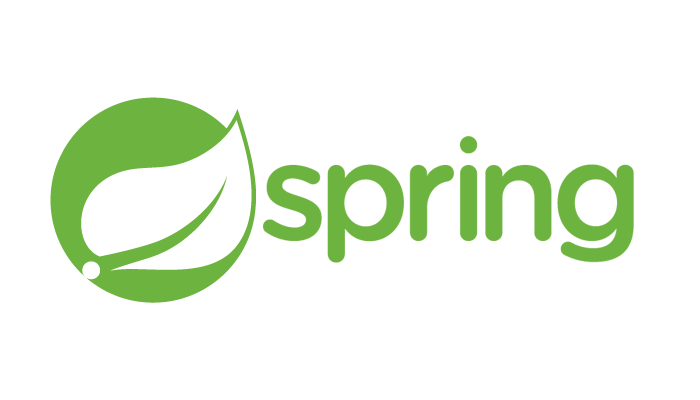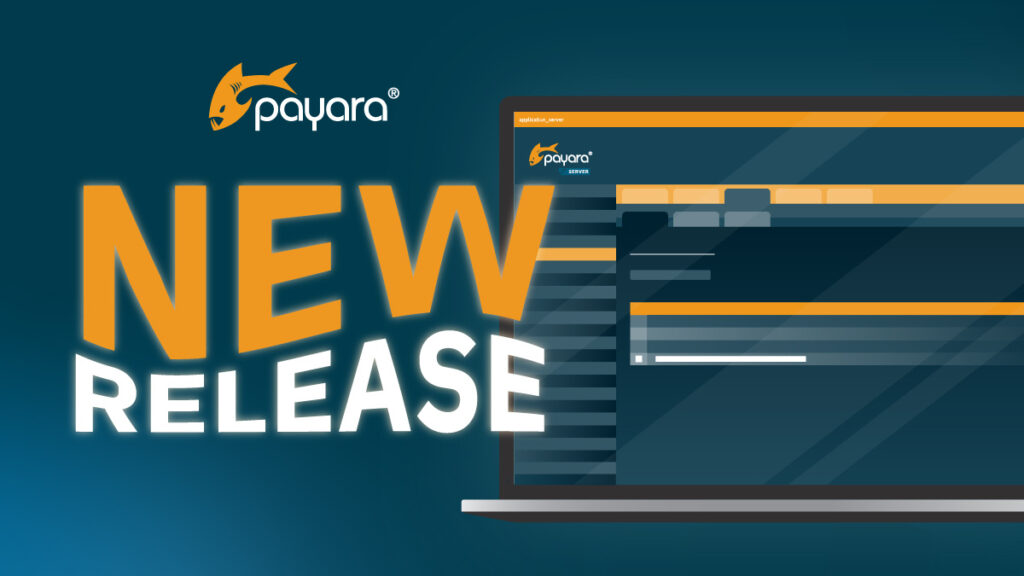 2 minutes
2 minutes
Spring Framework 7.0 and Spring Data 2025.1.0 Embrace Jakarta EE 11 Compatibility
The recent releases of Spring Framework 7.0 and Spring Data 2025.1.0 mark an important milestone for the Java ecosystem, […]

 Payara 4.1.151 is releasing today, so I thought I’d take you through some of the key
Payara 4.1.151 is releasing today, so I thought I’d take you through some of the key
features of this release.
If you want to read the full release notes, or grab the download, they can be found here:Payara 4.1.151 Release Notes
Payara 4.1.151 DownloadsOtherwise, read on for a quick overview of the new changes.
With this release, Hazelcast 3.4 has been integrated into Payara. Hazelcast is an In-Memory data grid, and is used in Payara as a clustered web session store and as the provider of the recently approved JSR107 (JCache).
The JBatch module in Payara Server has been upgraded to version 1.0.1-b04, and now has MySQL, Oracle, DB2, and PostgreSQL persistence managers integrated into it. Also integrated is the ability to define a table prefix and suffix, as well as the ability to define a blank schema for JBatch; defining a blank schema allows you to configure and select the schema in the connection pool instead of directly within JBatch.See our previous blog for a more in depth review of the work we’ve put into JBatch.
We are additionally releasing Payara Server 4.1.151 with a Multi-Language (ml) option for the full and web distributions of Payara Server. These are packaged with the l10n packages from GlassFish, and so provide translations into German, Spanish, French, Italian, Japanese, South Korean (ko), Brazilian Portuguese (pt-BR), Simplified Chinese (zh_CN), and Taiwanese Mandarin (zh_TW).We decided against including internet translations for any of our additions, as they are typically only accurate when translating simple sentences and single words, so you may find certain sections of Payara are only in English. If you speak any of these languages, please feel free to help us fix these gaps!
This release provides more than just the addition of Hazelcast and the work put into JBatch. There are numerous fixes and smaller enhancements that have been implemented, of which here are a few:SSLv3 is now disabled by default in the default domain template to help prevent anyone falling prey to the POODLE attack.
We’ve updated various modules, such as Jersey, Weld, and Tyrus, to more recent releases.
We’ve incorporated fixes for various GlassFish JIRA issues, such as GLASSFISH-21175, GLASSFISH-21261, and GLASSFISH-20994.
So, that’s a brief overview of the more notable changes that you’ll find in Payara Server 4.1.151. As always, if you uncover any bugs with Payara Server, or have an enhancement request, feel free to raise an issue on the GitHub project page.
Share:
 2 minutes
2 minutes
The recent releases of Spring Framework 7.0 and Spring Data 2025.1.0 mark an important milestone for the Java ecosystem, […]
 5 minutes
5 minutes
The November 2025 release brings significant milestones across the Payara Platform family. This month includes Payara Platform Community 6.2025.11, […]
 3 minutes
3 minutes
Exploring the Future of AI with the Jakarta EE Community At Payara, we’re passionate about pushing the boundaries of […]